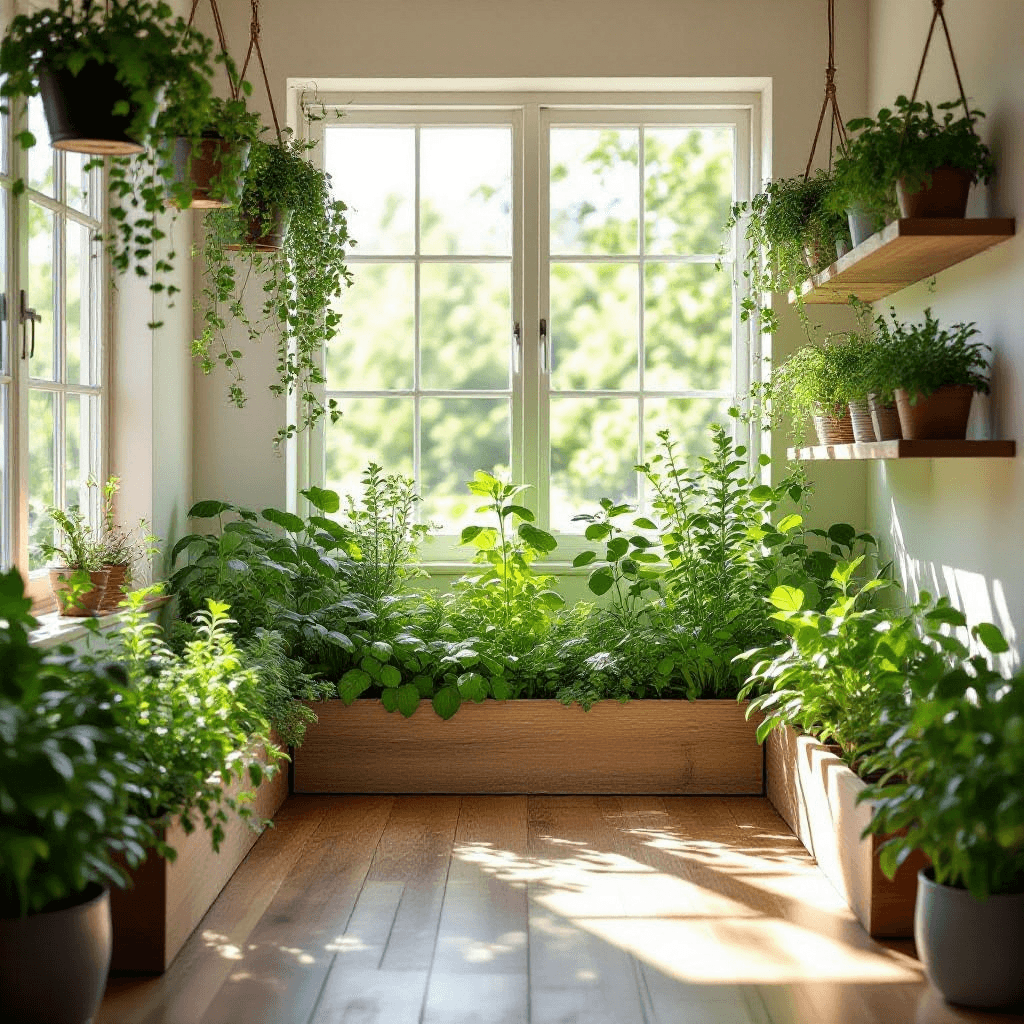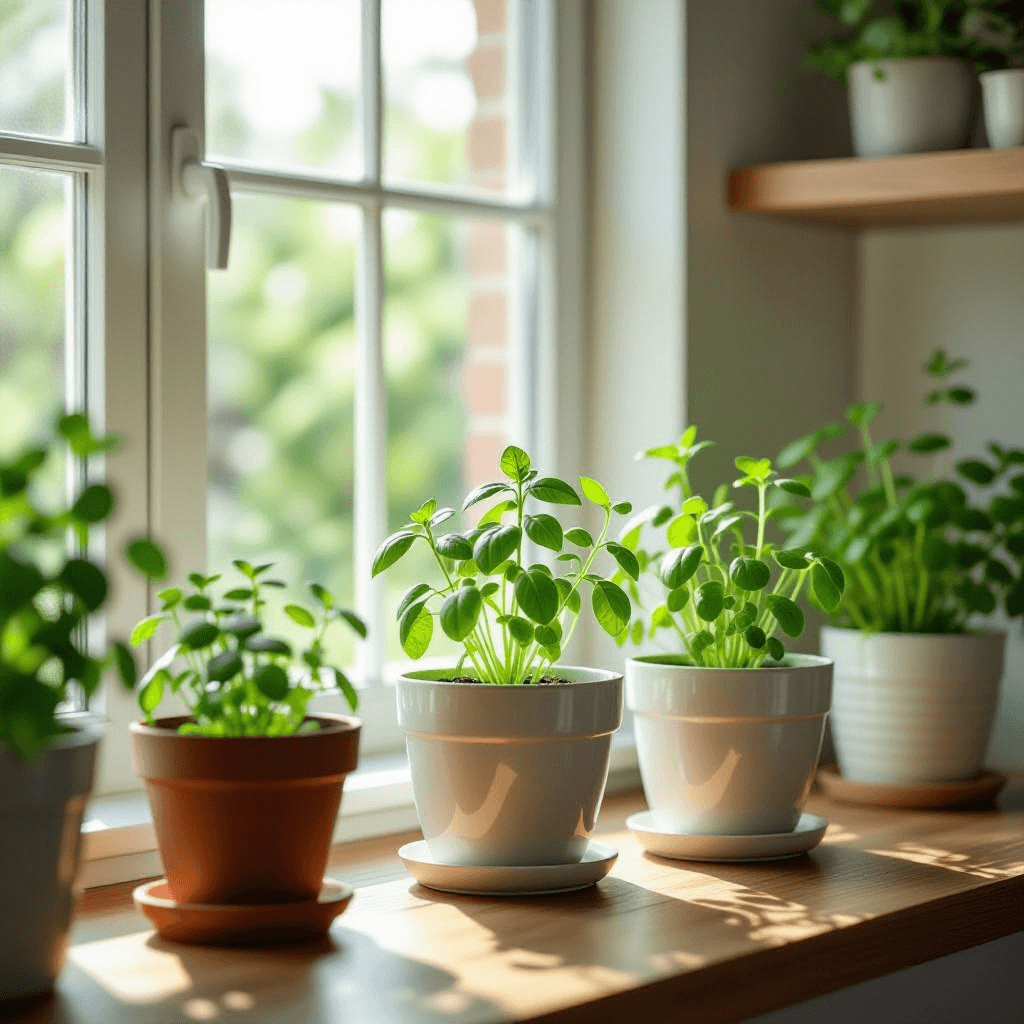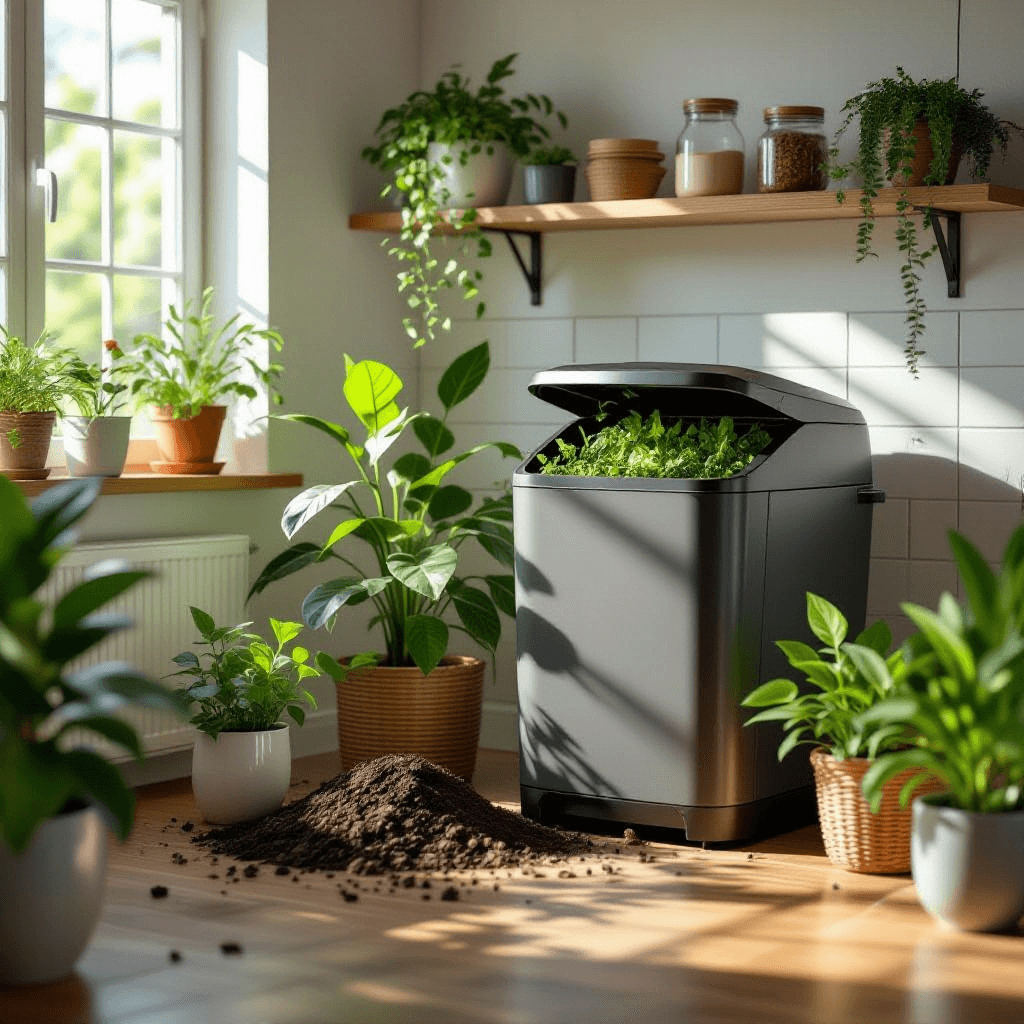Choosing the Right Herbs for Your Indoor Garden
When setting up an indoor herb garden, particularly within the unique climate conditions of UK kitchens, it is vital to select herbs that thrive in such environments. Not all herbs exhibit the same resilience or adaptability when cultivated indoors; therefore, knowledge of their specific growth habits is essential. Popular choices for indoor gardening include basil, parsley, chives, and thyme, each offering distinct flavours and uses in culinary applications.
Basil is a highly sought-after herb, renowned for its aromatic leaves. It requires plenty of sunlight, ideally around six hours per day, and thrives in temperatures between 18°C to 30°C. A consistent watering schedule, allowing the soil to dry slightly between waterings, ensures its optimal growth.
Parsley is another excellent option; it is versatile and beneficial for kitchen use. This herb prefers bright, indirect light and can tolerate slightly cooler temperatures, making it suitable for various indoor conditions. Regular watering should be done, keeping the soil moist but not waterlogged, which can cause root rot.
Chives are particularly ideal for beginners, characterized by their resilience and easy maintenance. They require well-drained soil, moderate sunlight, and infrequent watering due to their drought tolerance. Their mild onion-like flavour enhances various dishes, making them a staple herb in many kitchens.
Thyme, a robust herb, is also suitable for indoor growth, needing plenty of sunlight, ideally a minimum of six hours daily. It flourishes in warm conditions and prefers well-drained soil, allowing infrequent watering to avoid excess moisture. Its aromatic qualities and culinary versatility add value to any indoor herb garden.
In selecting seeds or established plants, consider your kitchen’s light availability and temperature variations. Starter plants may serve as a less challenging option for novices. Each herb has unique requirements, and understanding these factors will facilitate a healthy indoor herb garden that offers fresh produce year-round.
Essential Tools and Materials for Indoor Herb Gardening
Creating a thriving indoor herb garden requires a selection of essential tools and materials to ensure the successful growth and maintenance of your herbs. First and foremost, proper potting is crucial. Using containers that allow for adequate drainage prevents water from accumulating, which can lead to root rot. Choose pots with drainage holes, and consider using saucers to catch excess water. The size of the pot should be appropriate for the herb you plan to cultivate; generally, smaller herbs can thrive in smaller pots while larger herbs may require more space to grow.
Next, consider the type of soil used for planting. A high-quality potting mix specifically designed for herbs is advisable. This type of mix typically contains essential nutrients, and its structure allows for proper drainage while retaining some moisture. Additionally, incorporating perlite or vermiculite can enhance soil aeration and drainage capabilities.
Watering tools are also critical for maintaining your indoor herb garden. A watering can with a long spout allows for precise watering, ensuring that you can reach the base of each plant without over-saturating the leaves. Moreover, a moisture meter can be beneficial, providing insight into the soil moisture levels and preventing overwatering.
For harvesting, a pair of sharp, clean scissors or pruning shears will facilitate the process, enabling precise cuts that promote healthy regrowth. Optional gadgets, such as grow lights, may also be considered, especially during the winter months or in kitchens with limited natural light. These lights help simulate sunlight, fostering optimal growth for your herbs throughout the year.
By gathering these essential tools and materials, you can create a productive and rewarding indoor herb garden that enhances your culinary endeavors with fresh, homegrown herbs.
Care Tips for Healthy and Thriving Indoor Herbs
Maintaining a vibrant indoor herb garden requires careful attention to various factors that influence the growth and health of your plants. Proper watering is critical; herbs typically prefer soil that is consistently moist but not soggy. A general rule of thumb is to water your herbs when the top inch of soil feels dry to the touch. Overwatering can lead to root rot, while underwatering may cause wilting and stunted growth. Signs of overwatering include yellowing leaves and a mushy texture, whereas under-watering manifests as crisp, brown leaf tips.
Lighting plays a significant role in the success of indoor herb gardens. Most herbs thrive in bright, indirect sunlight, requiring roughly 6-8 hours of light daily. Position your herbs near south-facing windows, but if adequate natural light is not available, consider using grow lights to supplement their light needs. Proper lighting conditions prevent legginess and encourage bushier growth, ensuring that your herb garden remains both productive and aesthetically pleasing.
Pest management is another essential component of herb care. Common pests such as aphids and spider mites can affect indoor plants. Regularly inspect your herbs for any signs of infestation, and introduce organic pest control methods, such as neem oil or insecticidal soap, to mitigate any outbreaks. Additionally, ensuring good air circulation around the plants can help prevent pest issues.
Fertilization is critical for indoor herb gardens. A balanced, water-soluble fertilizer can be applied every four to six weeks, particularly during the growing season. This provides essential nutrients that may be depleted in the potting mix over time. Finally, regular pruning encourages new growth and prevents overcrowding, making it necessary to trim back leggy growth and promote a fuller appearance.
Creative Ways to Utilize Fresh Herbs in Cooking
Fresh herbs, cultivated right in your kitchen, can elevate the flavor profile of your dishes, introducing vibrant notes and a delightful aroma. One of the simplest ways to integrate herbs into your cooking is by creating herb-infused oils. This process involves combining your choice of herbs, such as basil or rosemary, with a neutral oil, heating gently, and then allowing the mixture to steep. The resulting oil can be drizzled over salads or used for sautéing, lending a distinct taste that enhances the overall dish.
Seasoning blends are another excellent use for fresh herbs. By combining chopped herbs such as cilantro, parsley, and thyme with spices, you can create versatile seasonings to complement a wide range of dishes. This blend can be used for marinades, sprinkled on roasted vegetables, or rubbed on meats before grilling, providing depth and complexity to your meals.
Fresh salads offer yet another opportunity to showcase your homegrown herbs. Simple salads with mixed greens, tomatoes, and cucumbers can be transformed with the addition of freshly chopped herbs like dill or mint. Tossing these herbs into your salad not only enhances the flavor but also adds a pop of color, making your dish visually appealing.
When preparing daily meals, consider using fresh herbs as garnishes. A sprinkle of finely chopped chives or a sprig of thyme can add a sophisticated touch to soups, stews, and even pasta dishes. Additionally, preserving herbs is a practical way to maximize their use. Techniques such as freezing, drying, or creating herb pastes can extend the shelf life of your fresh herbs, allowing you to enjoy their flavors long after they have been harvested.
Incorporating fresh herbs into your cooking not only enriches the taste of your meals but also promotes a healthier lifestyle by leveraging the natural flavors of your kitchen garden.


